NIL
WIAA approves rule change allowing high schoolers to enter some NIL deals
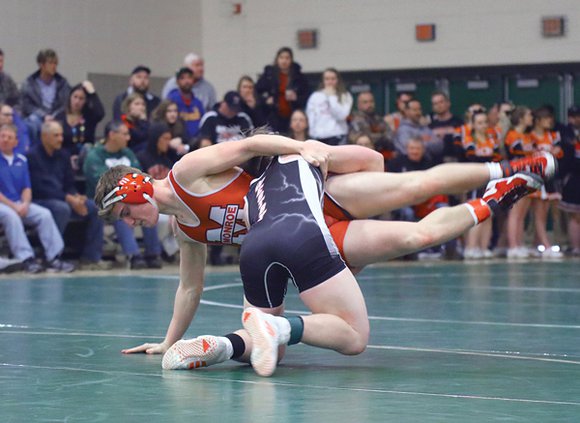

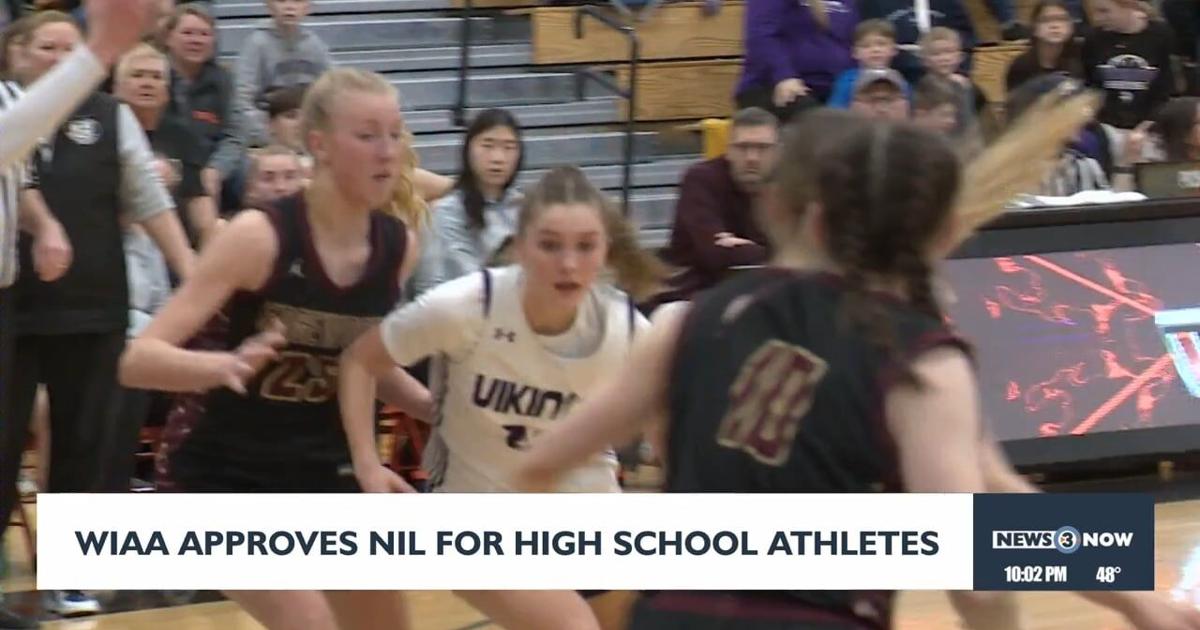
STEVENS POINT, Wis. — Wisconsin high school student athletes will soon be able to enter the name, image and likeness game.
The Wisconsin Interscholastic Athletic Association on Friday approved an rule change that will allow student athletes to take advantage of NIL opportunities. The WIAA joins a growing trend of state athletic bodies that have allowed their students to make money including Illinois, Minnesota and Missouri.
“NIL’s part of the conversation now,” Stephanie Grady said.
A conversation she says is long overdue for high school athletes.
Grady is the founder and CEO of Influential Athlete, which is partnering with WIAA to help student athletes navigate the NIL world.
“It levels the playing field,” she said.
The change doesn’t come without caveats. The NIL deals must be for activities not associated with a student’s school team, school, conference or the WIAA. Students also cannot wear their school team’s uniform in any endorsement deal or use the marks and logos of their school, conference or the WIAA.
“I think the failure the first time around last year really came from a place of just misunderstanding what NIL would look like,” Grady said. “We all see the chaos, but now exists at the college level.”
This year high school athletic directors changed their mind, but MMSD District Athletic Director Jeremy Schlitz said, “nothing changed necessarily, my philosophical, approach.”
But this year he says there are more guardrails in place.
“Obviously, when we bring money and other private interests into education-based athletics, you kind of sell these kind of the purity that is education-based athletics and making sure people understand what impacts it might have,” he said.
“We’re going to be ready for our students to make sure they’re informed about the implications if they were to consider entering and doing NIL,” Schlitz said.
There are also rules surrounding what kinds of NIL opportunities students can take. Deals that promote products associated with gambling, alcohol, tobacco, cannabis, banned or illegal substances, adult entertainment or weapons are explicitly prohibited.
Students’ compensation for NIL deals also can’t be based on their on-field performance, and the deals cannot be provided by a school or persons associated with a school as a means of recruiting or retention.
Under the rule change, NIL activities can’t interfere with a student’s academics, and students cannot miss practices, competitions or other team obligations to participate in NIL opportunities. Students are also barred from hiring an agent, and schools and their employees cannot help facilitate NIL deals for their student athletes.
The WIAA also approved a rule change that would require spectators who are ejected from games for unsportsmanlike conduct to take an online sportsmanship course before they can return to the stands.
“The chaos you see at the transfer portal, where dollars are recruiting athletes to go from one school to the next, couldn’t be allowed at the high school level in Wisconsin,” Grady said.
Schlitz hopes local businesses still partner with high schools themselves.
“I think I’d really encourage our, you know, local businesses or things that do that to really look at ways they can support participation and some of the fundamental things by supporting a whole school program as opposed to focusing on one individual,” he said.
COPYRIGHT 2025 BY CHANNEL 3000. ALL RIGHTS RESERVED. THIS MATERIAL MAY NOT BE PUBLISHED, BROADCAST, REWRITTEN OR REDISTRIBUTED.
NIL
Last Week’s NIL Deals Recap

Data provided by Student Athlete Score
(Dec. 10th, 2025) — Another week, another wave of notable NIL activity across college sports. From Texas Volleyball partnering with Fairfield by Marriott to major football and basketball names teaming up with brands like Raising Cane’s, Whataburger, Dr Pepper, and Puma, this week highlights the continued expansion of athlete-brand collaborations across every corner of the country. Wrestling, softball, gymnastics, track, and hockey athletes also secured meaningful deals—showing just how broad and dynamic the NIL marketplace has become. Below is a full breakdown of the latest partnerships.
For a full, searchable archive of past deals, visit our NIL Deal Tracker.
NIL
Here’s the reason Troy Aikman didn’t get thanked by that UCLA football player
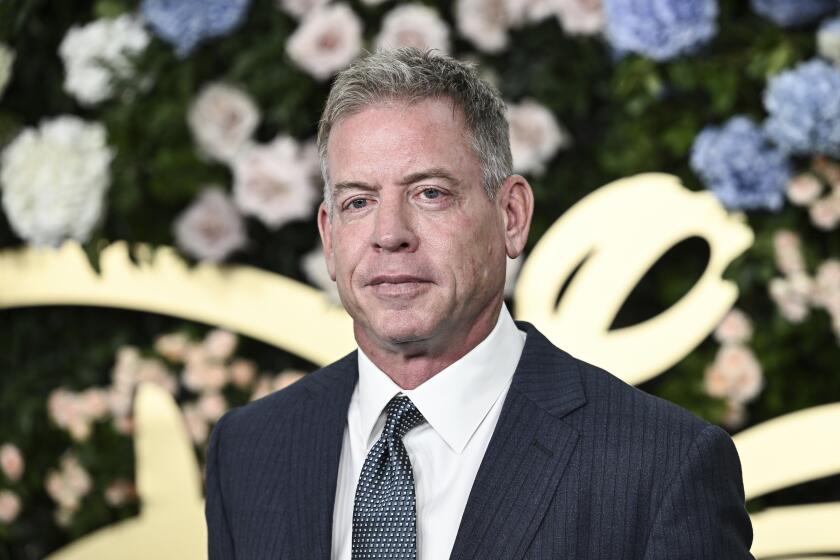
Troy Aikman said he’s “done with NIL” after writing a check to a UCLA football player who never thanked him and went on to leave for another school after one season.
There was a reason for that lack of gratitude, according to one person familiar with the Bruins’ football name, image and likeness operations from that time not authorized to discuss donor information publicly.
Advertisement
The player in question didn’t know who funded his NIL deal, only that it was coming from the team’s collective, Men of Westwood. It was standard practice for players not to know which donors or alumni contributed NIL funds that were distributed to the team.
Aikman, who did not identify the player in his remarks, did receive thanks from Men of Westwood leadership, coach Chip Kelly and athletic director Martin Jarmond, according to the person familiar with the situation.
Read more: UCLA donors question athletic director Martin Jarmond’s leadership, future viability
Aikman, the former UCLA quarterback who led the Bruins to a victory in the 1989 Cotton Bowl before going on to a Pro Football Hall of Fame career with the Dallas Cowboys, voiced his frustrations about NIL on the Sports Media Podcast with Richard Deitsch.
Advertisement
“I gave money to a kid, I won’t mention who,” Aikman told Deitsch. “I’ve done it one time at UCLA, never met the young man. He was there a year, he left after the year. I wrote a sizable check, and he went to another school. I didn’t even get so much as a thank-you note. So, it’s one of those deals, to where I’m done with NIL. I want to see UCLA be successful, but I’m done with it.”
Aikman went on to say he believed that players should be able to leave one school for another amid coaching turnover but should have to otherwise stay with the program paying them.
“There’s got to be some leadership at the very top that kind of cleans all of this up,” Aikman said. “Starting with players that accept money. There’s got to be some accountability and responsibility on their behalf, to have to stick to a program.”
Sign up for UCLA Unlocked for big game takeaways, recruiting buzz and more UCLA sports insights.
This story originally appeared in Los Angeles Times.
NIL
Troy Aikman not thanked by UCLA QB for NIL donation due to school protocol
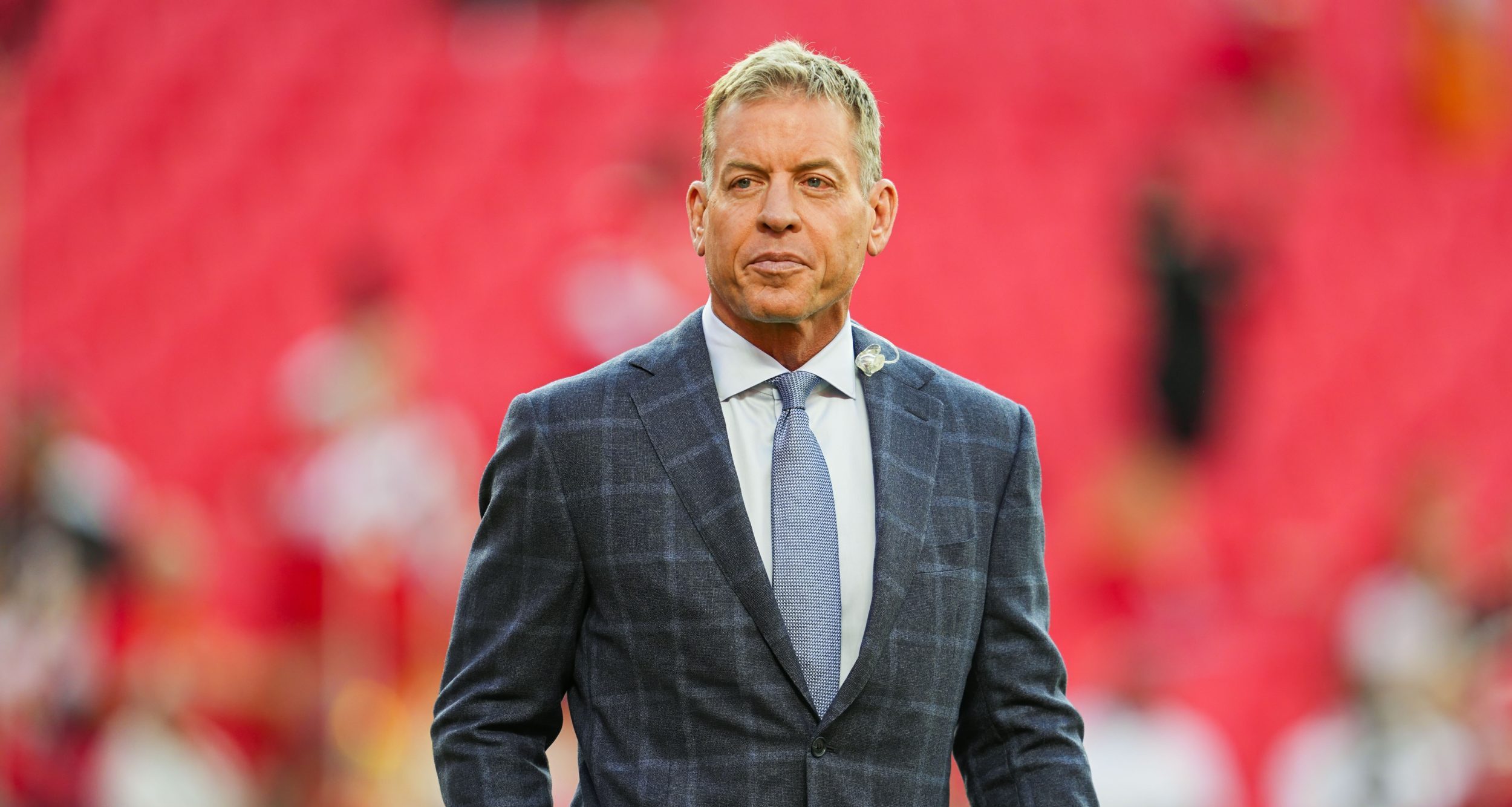
ESPN’s lead NFL analyst Troy Aikman made headlines earlier this week when he took direct aim at what he sees as a flawed NIL system.
Aikman shared a story on a recent episode of the Sports Media with Richard Deitsch podcast about how he made a significant donation to UCLA, his alma mater, to secure a star quarterback recruit. It turns out that recruit played just one year for the Bruins, and didn’t even give Aikman so much as a “thank you” for his hefty NIL payday.
“I gave money to a kid, I won’t mention who. I’ve done it one time at UCLA, never met the young man. He was there a year, he left after the year. I wrote a sizable check, and he went to another school. I didn’t even get so much as a thank-you note. So, it’s one of those deals, to where I’m done with NIL. I want to see UCLA be successful, but I’m done with it,” Aikman explained.
It turns out there was a good reason why Aikman didn’t get a “thank you” from the UCLA quarterback. According to Ben Bolch of the Los Angeles Times, it was a matter of policy.
Per Bolch, “The player in question didn’t know who funded his NIL deal, only that it was coming from the team’s collective, Men of Westwood. It was standard practice for players not to know which donors or alumni contributed NIL funds that were distributed to the team.”
Instead of receiving thanks directly from the player, Aikman was thanked by the Men of Westwood leadership, head coach Chip Kelly, and athletic director Martin Jarmond, according to the Times.
Troy Aikman is far from the only one calling for stricter regulation of NIL. As it stands, the system essentially allows players to be free agents every year, which isn’t ideal for college football as an entertainment product. But Aikman was clearly a bit misguided about what exactly he was getting from his NIL donation. Sure, the money he gave to the collective almost certainly went towards the quarterback he speaks of. But the player won’t know that; he only knows the money is there, not where it came from.
So does Aikman’s broader point about NIL in college football stand? Yes. But if he had a do-over, he might take back his statement that he didn’t receive any gratitude from the player he helped.
NIL
College football star QB sends strong message on $91 million coaching move
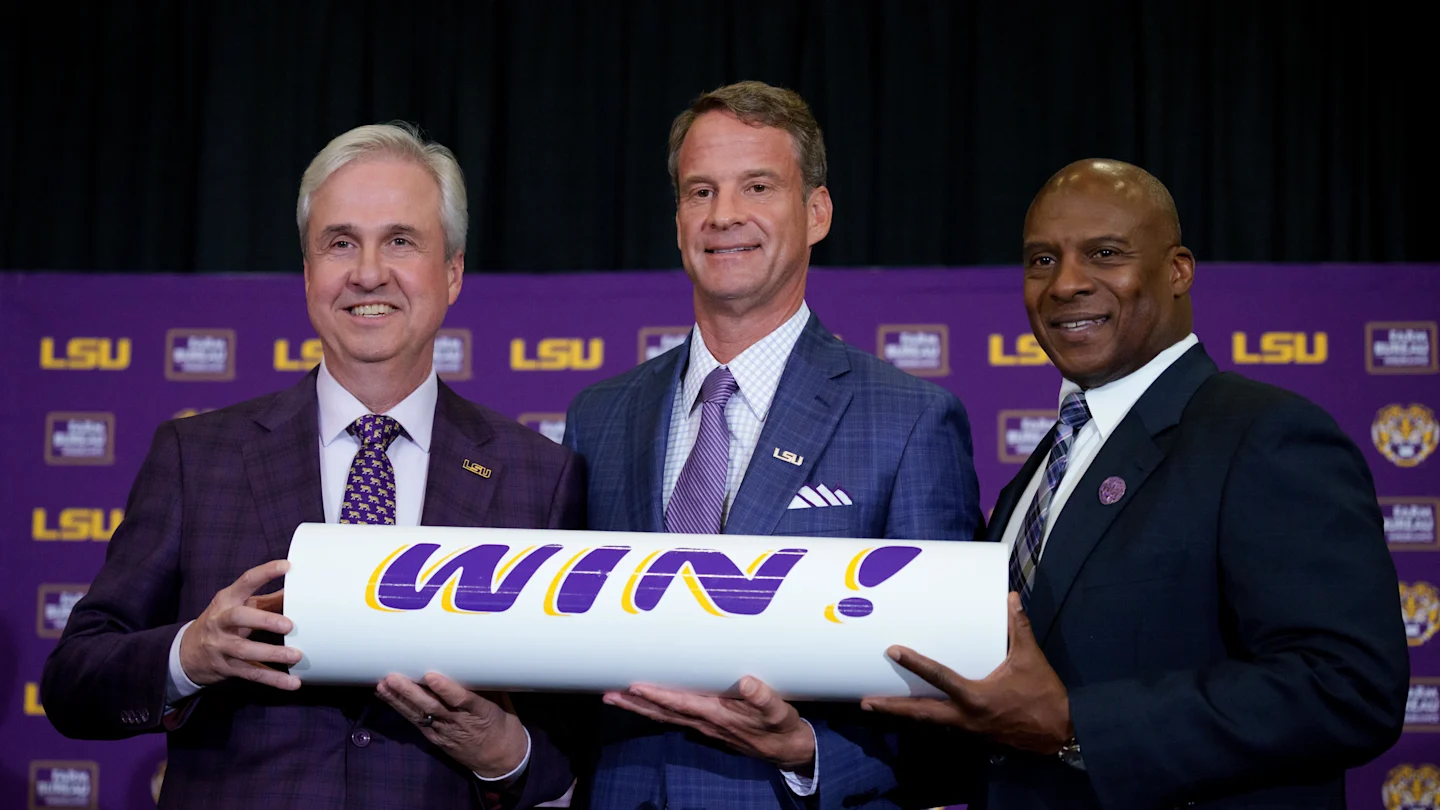
The 2025 college football carousel is spinning faster than it has ever spun before.
In the Power Four ranks, 16 different college football programs have made head coaching changes: Virginia Tech, UCLA, Oklahoma State, Arkansas, Penn State, LSU, Auburn, Florida, Ole Miss, Michigan State, Iowa State, Kansas State, California, Stanford, Kentucky and Michigan.
While this cycle has created chaos throughout the college football landscape, none of the changes compare to Lane Kiffin’s decision to leave Ole Miss, the No. 6 seed in the 2025 College Football Playoff, for the Rebels’ Magnolia Bowl rival in LSU.
The Leadership
The Facilities
The Brand#JustDifferent @Lane_Kiffin pic.twitter.com/qIlsxx9VtB— LSU Football (@LSUfootball) December 8, 2025
The subject of Kiffin’s departure has sparked much debate about leaving a Power Four program while in a position to win championships and about the current layout of the college football calendar.
The Kiffin saga was recently addressed on Outta Pocket, a podcast hosted by Heisman-winning quarterback Robert Griffin III and his wife, Grete Griffin.
On a recent episode of Outta Pocket, the Griffins were joined by current Texas A&M quarterback Marcel Reed as a guest. Grete asked Reed about his reaction to the news of Kiffin’s departure to LSU.
Texas A&M QB Marcel Reed on Lane Kiffin leaving Ole Miss,
“Shoot if $91 Million for 7 years was in front of my face I would not pass it up. 🤣”#GigEm #RG3 #OuttaPocket pic.twitter.com/7bkwSeFWGE
— Robert Griffin III (@RGIII) December 10, 2025
“I felt like it was going to happen,” Reed said. “No disrespect toward Lane or anything, but you can’t talk about it that long and it not happen. If $91 million for seven years was in front of my face, I would not pass it up.”
Coaches are no longer the only ones college football programs are attempting to lure away from their rivals. The work Reed has accomplished at Texas A&M has turned him into a hot commodity for the Aggies and something they need to protect for their future.
Reed came to Texas A&M as the fourth-string quarterback behind Conner Weigman, Max Johnson and Jaylen Henderson in 2023. After very limited action in the regular season, he pieced together a strong first start in a 31-23 Texas Bowl loss after Johnson and Henderson entered the transfer portal.
The Aggies featured Reed in all but their season opener in 2024. He finished his redshirt freshman season with 1,864 passing yards, 15 touchdown passes and six interceptions while rushing for an additional 547 yards and seven touchdowns.
Texas A&M made a significant jump in 2025 thanks to Reed’s guidance. His numbers ballooned to 2,932 pass yards with 25 touchdown passes and 10 interceptions while he rushed for an additional 466 yards and six touchdowns.
The Aggies’ 11-1 record is their best in a regular season since 1992. Their performance has them as the No. 7 seed in the 2025 College Football Playoff, hosting No. 10 Miami (10-2, 6-2) in Kyle Field on Dec. 20 (Noon EST, ABC).

NIL
Why Troy Aikman didn’t get thanked by that UCLA football player
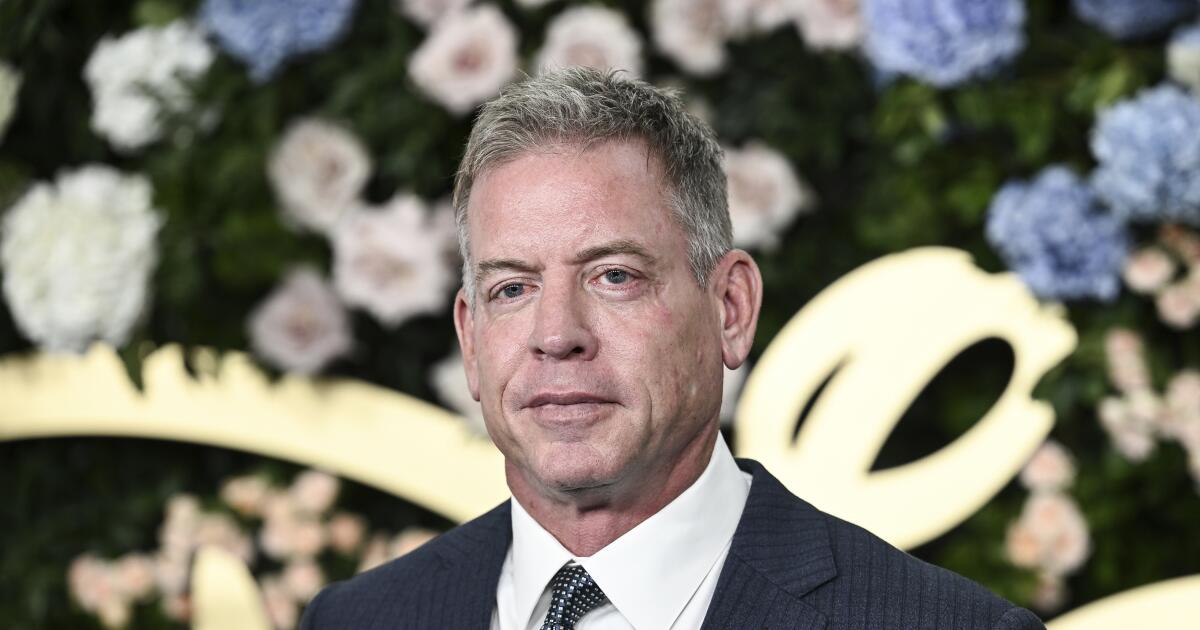
Troy Aikman said he’s “done with NIL” after writing a check to a UCLA football player who never thanked him and went on to leave for another school after one season.
There was a reason for that lack of gratitude, according to one person familiar with the Bruins’ football name, image and likeness operations from that time not authorized to discuss donor information publicly.
The player in question didn’t know who funded his NIL deal, only that it was coming from the team’s collective, Men of Westwood. It was standard practice for players not to know which donors or alumni contributed NIL funds that were distributed to the team.
Aikman, who did not identify the player in his remarks, did receive thanks from Men of Westwood leadership, coach Chip Kelly and athletic director Martin Jarmond, according to the person familiar with the situation.
Aikman, the former UCLA quarterback who led the Bruins to a victory in the 1989 Cotton Bowl before going on to a Pro Football Hall of Fame career with the Dallas Cowboys, voiced his frustrations about NIL on the Sports Media Podcast with Richard Deitsch.
“I gave money to a kid, I won’t mention who,” Aikman told Deitsch. “I’ve done it one time at UCLA, never met the young man. He was there a year, he left after the year. I wrote a sizable check, and he went to another school. I didn’t even get so much as a thank-you note. So, it’s one of those deals, to where I’m done with NIL. I want to see UCLA be successful, but I’m done with it.”
Aikman went on to say he believed that players should be able to leave one school for another amid coaching turnover but should have to otherwise stay with the program paying them.
“There’s got to be some leadership at the very top that kind of cleans all of this up,” Aikman said. “Starting with players that accept money. There’s got to be some accountability and responsibility on their behalf, to have to stick to a program.”
NIL
College football coach addresses loss of $1.8 million QB to transfer portal

Arizona State finished 8-4 (6-3 Big 12) and will head to the Sun Bowl, marking another successful season under third-year head coach Kenny Dillingham.
Despite the winning record, the narrative has centered on last year’s unexpected Big 12 title run and 11-3 finish, along with this season’s offensive struggles, largely due to injuries such as Sam Leavitt’s season-ending foot injury.
Leavitt’s season ended after seven games and 1,628 passing yards, 10 touchdowns, and three interceptions, a sharp contrast to his 2024 breakout, when he earned Big 12 Freshman of the Year and All-Big 12 recognition with 2,885 passing yards, 24 touchdowns, and 443 rushing yards with five rushing scores.
Persistent chatter and Leavitt’s absence from team events sparked transfer speculation, and on Monday, reports confirmed he plans to enter the portal.
On Monday, coach Dillingham fielded media questions about Leavitt’s future at ASU but stopped short of making any formal announcement.
“I’m going to let that leave that to Sam’s team, out of respect for him, for how they want to progress from that,” Dillingham said. “I love Sam. Sam grew so much here, he really did, and I grew so much learning from Sam. Whatever his future holds, I wish him nothing but the best. I absolutely want to see him succeed.”
“With that, I’m very, very confident that we’re going to have a really, really good quarterback at Arizona State,” Dillingham added.
Kenny Dillingham on Sam Leavitt’s future status at ASU:
“I’m gonna leave that to Sam’s team…I love Sam. Sam grew so much here….Whatever his future holds, I wish him nothing but the best…I’m very very confident that we’re gonna have really really good QB at Arizona State.” pic.twitter.com/rIh9wvQBq5
— Blake Niemann (@Blakes_Take2) December 8, 2025
On the roster, Arizona State is not without alternatives.
True freshman Cameron Dyer (four-star recruit) remains on the depth chart and has been cleared to play, while ASU’s 2026 class features Jake Fette, a four-star dual-threat signee who enrolled early.
Those internal options, along with the possibility of adding an experienced passer via the portal, give Dillingham multiple pathways to attempt to replace Leavitt’s production.
Leavitt is also one of the more marketable athletes in college football, with a reported NIL valuation of around $1.8 million.

After a poor 3-9 start to the program, Dillingham led Arizona State to an 11–3 season, a Big 12 title, and a College Football Playoff berth in 2024, earning coach-of-the-year recognition for that run.
However, while Dillingham’s work drew national attention a year ago, his challenge now is sustaining momentum, finding Leavitt’s replacement, managing NIL pressures, and guarding against recruiting reverberations from a marquee departure.
Read More at College Football HQ
- Former 5-star QB announces return to college football for 2026 season
- Major college football AD responds to potential departure of $54 million head coach
- $1.2 million college football coach named candidate to replace former Pac-12 head coach
- 34-touchdown college football quarterback enters transfer portal
-

 Rec Sports2 weeks ago
Rec Sports2 weeks agoFirst Tee Winter Registration is open
-

 Rec Sports2 weeks ago
Rec Sports2 weeks agoFargo girl, 13, dies after collapsing during school basketball game – Grand Forks Herald
-

 Motorsports2 weeks ago
Motorsports2 weeks agoCPG Brands Like Allegra Are Betting on F1 for the First Time
-

 Motorsports2 weeks ago
Motorsports2 weeks agoF1 Las Vegas: Verstappen win, Norris and Piastri DQ tighten 2025 title fight
-

 Sports2 weeks ago
Sports2 weeks agoTwo Pro Volleyball Leagues Serve Up Plans for Minnesota Teams
-

 Sports2 weeks ago
Sports2 weeks agoUtah State Announces 2025-26 Indoor Track & Field Schedule
-

 Sports2 weeks ago
Sports2 weeks agoSycamores unveil 2026 track and field schedule
-

 Motorsports2 weeks ago
Motorsports2 weeks agoRedemption Means First Pro Stock World Championship for Dallas Glenn
-
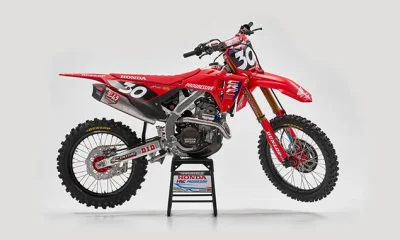
 Motorsports2 weeks ago
Motorsports2 weeks agoJo Shimoda Undergoes Back Surgery
-

 Sports2 weeks ago
Sports2 weeks agoTexas volleyball vs Kentucky game score: Live SEC tournament updates



























